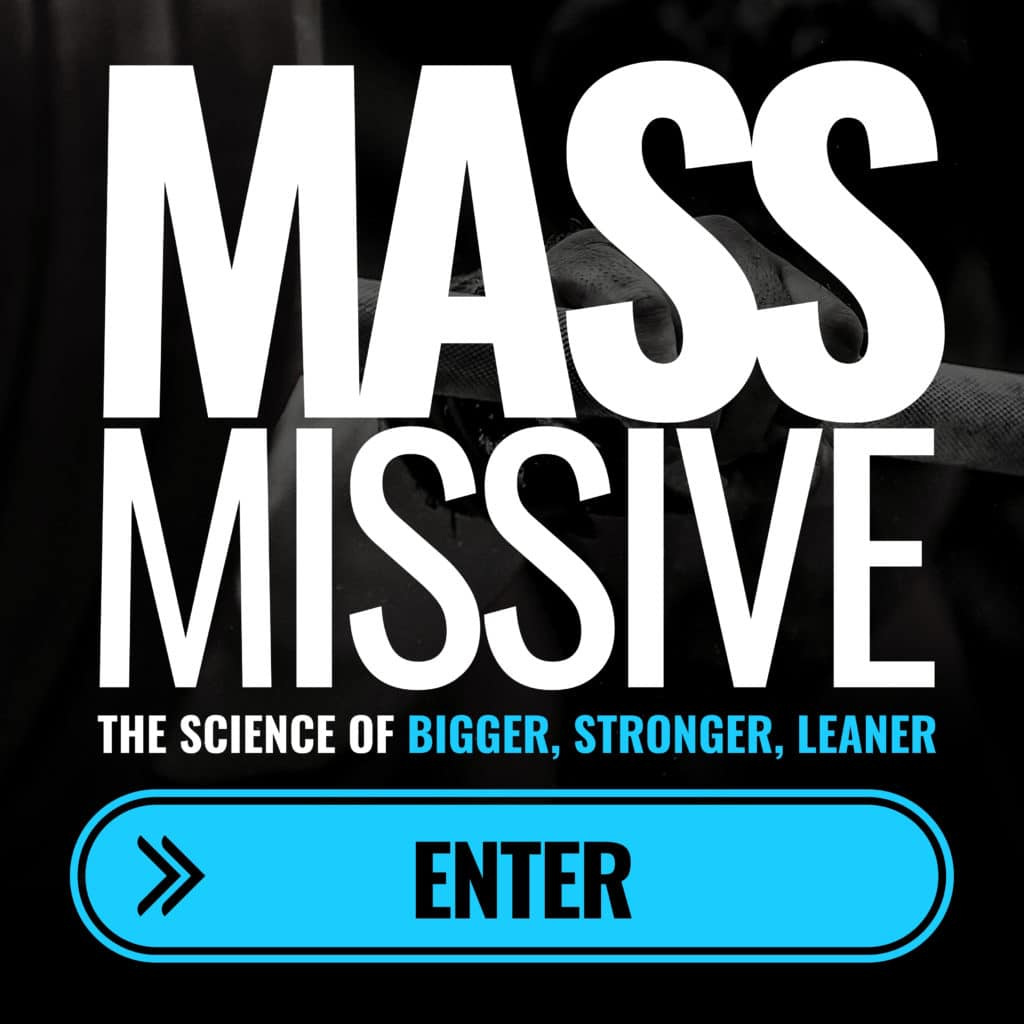The Science Behind Bench Press Range of Motion
Discover the optimal way to bench press for each muscle group, according to real-world EMG data from trained lifters.
Does the range of motion in your bench press really change which muscles work the hardest? This study set out to answer exactly that—and the results might surprise you.
Key Points
Objective: To investigate how different bench press ranges of motion (ROM) affect muscle excitation in the pectoralis major (PM), triceps brachii (TB), and anterior deltoid (AD) using surface electromyography (sEMG).
Context: Most research on ROM and muscle excitation has focused on the lower body, leaving a gap in understanding for upper-body exercises like the bench press.
Participants: 19 healthy, resistance-trained men performed the bench press across three ROMs: full, upper-half, and lower-half.
Methods: Muscle excitation was measured via sEMG during a 10-repetition maximum (10RM) bench press for each ROM. Standardized warm-ups, grip widths, and repetition speeds were used to ensure consistency.
Outcomes: Significant differences in muscle excitation were found across all muscles and ROMs. The upper-half ROM produced the highest mean excitation for the TB, while both partial ROMs resulted in greater excitation for the PM and AD compared to the full ROM.
Aim
To establish reference values for muscle excitation across different bench press ROMs and clarify how ROM variations influence muscle activation patterns.
Methods
Participants: 19 male volunteers with at least one year of resistance training experience.
Design: Two lab sessions: one for familiarization and 10RM testing, and one for sEMG measurement.
ROMs: Full ROM (full bench press), upper-half ROM (top half), lower-half ROM (bottom half).
Measurement: sEMG on PM (four sites), TB (long and lateral head), and AD.
Protocol: Standardized warm-up, 10RM bench press for each ROM, EMG data normalized to maximum voluntary isometric contractions (MVICs).
Results
Mean Muscle Excitation: Significant differences across all muscles and ROMs (p < 0.001–0.002).
Triceps Brachii: Highest mean excitation in the upper-half ROM.
Pectoralis Major & Anterior Deltoid: Both partial ROMs resulted in greater excitation than the full ROM.
Peak Excitation: PM (sternocostal 15% region) and TB (long and lateral heads) showed significantly higher peak EMG values in the upper-half ROM compared to other conditions.
Related
Practical Takeaways
For Muscle Targeting: If you want to emphasize triceps activation, focus on the upper half of the bench press. For more pectoral and deltoid engagement, partial ROMs (both upper and lower halves) may be more effective than full ROM.
For Recovery or Injury Prevention: Partial ROMs can allow you to train with less joint strain while still stimulating the target muscles.
For Hypertrophy and Strength: Incorporating a mix of full and partial range of motion (ROM) exercises may help maximise muscle excitation and potentially lead to better long-term gains, although more research is needed to confirm this.
Key Takeaways
Different ROMs in the bench press lead to distinct muscle excitation patterns.
Upper-half ROM is best for triceps activation; partial ROMs (both upper and lower) are better for pectoral and anterior deltoid activation.
These findings provide practical guidance for lifters looking to target specific muscles or manage training loads.
Reference
Fischer, J., Burger, C., Manieu Seguel, J. A., Rodoplu, C., Paternoster, F. K., Tilp, M., & Konrad, A. (2025). Acute muscle excitation response across various bench press ranges of motion. Scientific Reports, 15(1), 1-10. https://doi.org/10.1038/s41598-025-98354-9
You can also find me at dannyleejames.com for more personal stories, training advice and coaching.














I would love to see more studies that factor in anatomical variations such as arm length and rib cage size differences amongst lifters, as this can also have an impact on muscle recruitment depending on position and range of motion.